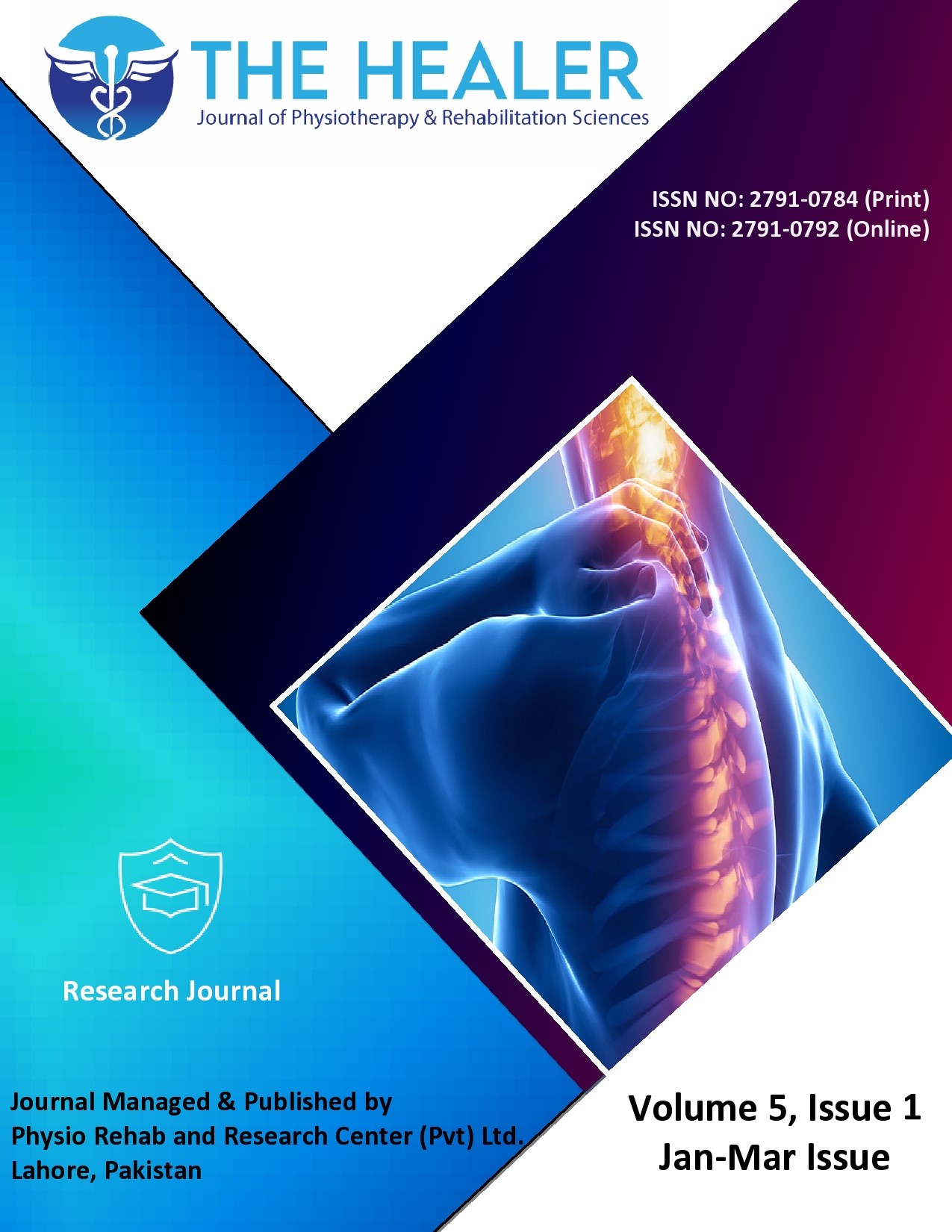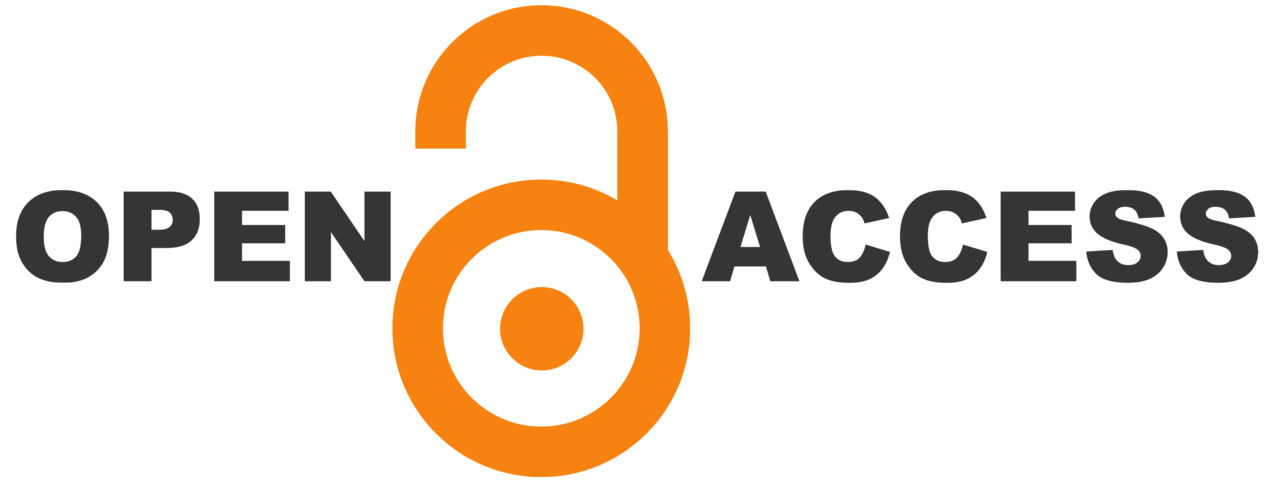Barriers to Cardiac Rehabilitation in Private and Public Sector Hospitals of Lahore
DOI:
https://doi.org/10.55735/nngq2381Keywords:
Barriers , Cardiac rehabilitation , Cardiovascular disease , Healthcare servicesAbstract
Background: Cardiac rehabilitation plays a pivotal role in improving outcomes for patients with a variety of cardiovascular diseases. Despite its widely proven benefits, including reduced mortality and morbidity rates, enhanced functional capacity, it remains underutilized in public as well as private sector hospitals of Lahore. Barriers to cardiac rehabilitation, a significant concern, limit the proper delivery of this crucial healthcare service. Objective: To identify barriers to establishing cardiac rehabilitation in public and private hospitals in Lahore. Methodology: Data were collected in this cross-sectional study from the social security hospital, Multan Road, Sir Ganga Ram Hospital, Lahore, and Mansoorah Teaching Hospital, Lahore. The cardiac rehabilitation barrier scale questionnaire was also sent electronically using Google Forms. A sample size of 194 cases was calculated with a 95% confidence level. The inclusion criteria were patients aged 30 to 70 years, both male and female were selected using convenience sampling, having a history of coronary artery bypass grafting, percutaneous coronary interventions, and post-myocardial infarction patients. Patients with a history of acute cardiovascular disease, cardiogenic shock, acute heart failure, severe arrhythmia, hypotension, chest pain, or angina were excluded. Descriptive statistics, including mean and standard deviation, were used to summarize demographic characteristics and individual barrier items on the CRBS scale. Frequencies and percentages were calculated to identify the most prevalent barriers to cardiac rehabilitation among the 194 participants. An independent samples t-test was applied to compare barrier scores between public and private sector hospitals. The analysis revealed statistically significant mean differences for several key barriers, including cost, lack of awareness, negative attitude toward cardiac rehabilitation, and insufficient doctor referral, with higher scores consistently observed in public hospitals. Results: Barriers are present in both sectors of hospitals, but at a higher ratio in public sector hospitals. In total, 194 participants of study, the main barriers assessed were doctor referral 46%, cost 46% lack of awareness 46% negative attitude towards cardiac rehab 53% and fatigue 47%. Conclusion: Many factors are affecting the lack of cardiac rehabilitation practices in Pakistan, those factors include cost, lack of awareness, and general negative attitude towards cardiac rehabilitation and doctor referral rates.
Downloads
References
1. Ragupathi L, Stribling J, Yakunina Y, et al. Availability, use, and barriers to cardiac rehabilitation in LMIC. Global Heart 2017; 12(4): 323–34.e10.
https://doi.org/10.1016/j.gheart.2016.09.004
2. Tessler J, Ahmed I, Bordoni B. Cardiac rehabilitation. StatPearls [Internet]: StatPearls Publishing; 2025.
3. Xu X, Islam SMS, Schlaich M, et al. The contribution of raised blood pressure to all-cause and cardiovascular deaths and disability-adjusted life-years (DALYs) in Australia: analysis of the global burden of disease study from 1990 to 2019.
PloS One 2024; 19(2): e0297229.
https://doi.org/10.1371/journal.pone.0297229
4. Mohebi R, Chen C, Ibrahim NE, et al. Cardiovascular disease projections in the United States based on the 2020 census estimates. Journal of the American College of Cardiology 2022; 80(6): 565–78.
https://doi.org/10.1016/j.jacc.2022.05.033
5. Osailan A, Abdelbasset WK. Exercise-based cardiac rehabilitation for postcoronary artery bypass grafting and its effect on hemodynamic responses and functional capacity evaluated using the Incremental Shuttle Walking Test: A retrospective pilot analysis. Journal of the Saudi Heart Association 2020; 32(1): 25–33.
https://doi.org/10.37616/2212-5043.1005
6. Modi R, Bhise A, Patel F. Effect of supervised moderate intensity exercise program in phase one cardiac rehabilitation of post-operative CABG patients, randomized controlled trial. 2014; 1(4): 215–19.
https://doi.org/10.15621/ijphy/2014/v1i4/54561
7. Gulanick M. Is phase 2 cardiac rehabilitation necessary for early recovery of patients with cardiac disease? A randomized, controlled study. Heart & Lung: the Journal of Critical Care 1991; 20(1): 9–15.
8. Santos Fonseca J, Raposo M, Gregorio C, et al. Cardiac rehabilitation phase 3-who are they? European Journal of Preventive Cardiology 2025; 32(Supplement_1): zwaf236. 346.
https://doi.org/10.1093/eurjpc/zwaf236.346
9. Santos LA, Pinheiro DG, Silva JMD, et al. Analysis of barriers to public and private cardiac rehabilitation programs in patients with low and high adherence. Brazilian Journal of Cardiovascular Surgery 2023; 38(2): 235–43.
https://doi.org/10.21470/1678-9741-2021-0436
10. Carvalho AC, Groehs RV, Pereira C, et al. Supervised exercise barriers and readmission in patients with heart failure in a low-resource setting. Barriers to cardiac rehabilitation in patients with heart failure. 2022.
https://doi.org/10.21203/rs.3.rs-2371420/v1
11. Rose G. Strategy of prevention: lessons from cardiovascular disease. British Medical Journal (Clinical research ed.) 1981; 282(6279): 1847-51.
https://doi.org/10.1136/bmj.282.6279.1847
12. McAllister J, Harrison M, Lawson CA, Singh S. Identifying barriers and enablers to cardiac rehabilitation participation and completion unique to South Asian individuals: a qualitative systematic review. European Journal of Cardiovascular Nursing 2025; 24(5): 670–685.
https://doi.org/10.1093/eurjcn/zvaf044
13. Fukumoto Y. Barriers to participation in cardiac rehabilitation. European Journal of Preventive Cardiology. 2025.
https://doi.org/10.1093/eurjpc/zwaf225
14. Foster EJ, Munoz S-A, Crabtree D, et al. Barriers and facilitators to participating in cardiac rehabilitation and physical activity in a remote and rural population: a cross-sectional survey. Cardiology Journal 2021; 28(5): 697–706.
https://doi.org/10.5603/CJ.a2019.0091
15. Salari A, Ebadollahian A, Parvaneh S, et al. Demographic and social factors affecting participation in cardiac rehabilitation: a cross-sectional study. International Journal of Cardiovascular Practice 2025; 10(1): e158989
https://doi.org/10.5812/intjcardiovascpract-158989
16. Shoma FK, Khaled MFI, Kamal MN, et al. Patient understanding regarding cardiac rehabilitation at the Bangladesh Medical University. Saudi Journal of Medical and Pharmaceutical Sciences 2025; 11(3): 243–7.

Downloads
Published
License
Copyright (c) 2025 The Healer Journal of Physiotherapy and Rehabilitation Sciences

This work is licensed under a Creative Commons Attribution 4.0 International License.














